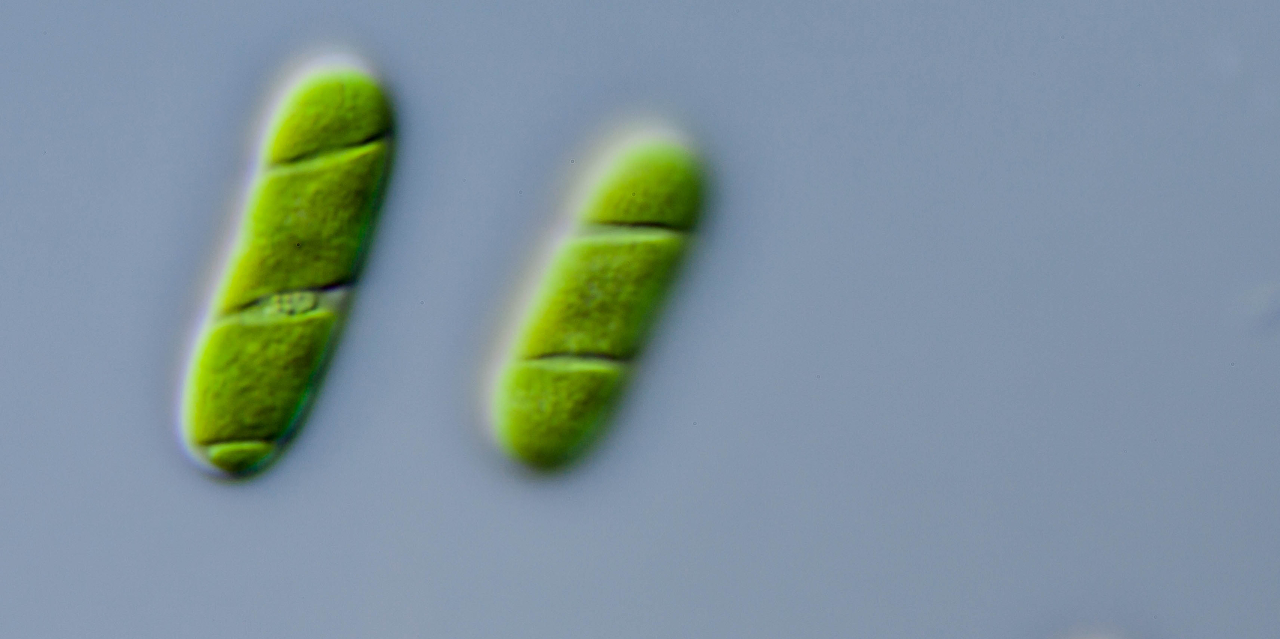Natural genetic engineering allowed plants to move from water to land, according to a new study by an international group of scientists from Canada, China, France, Germany and Russia.
"This is one of the most important events in the evolution of life on this planet-without which we as a species would not exist," said University of Alberta genomicist and study co-investigator Gane Ka-Shu Wong.
"The movement of life from water to land-called terrestrialization-began with plants and was followed by animals and then, of course, humans. This study establishes how that first step took place."
The movement of plants from water to land was made possible when genes from soil bacteria were transferred to algae through a process called horizontal gene transfer. Unlike vertical gene transfer, such as the transfer of DNA from parent to child, horizontal gene transfer occurs between different species.
New algae species discovered
"For hundreds of millions of years, green algae lived in freshwater environments that periodically fell dry, such as small puddles, riverbeds and trickling rocks," explained Michael Melkonian of the University of Duisburg-Essen in Germany. "These algae mingled with and received key genes from soil bacteria that helped them and their descendants to cope with the harsh terrestrial environment and eventually evolve into the land plant flora that we see today."
The study is part of an international project focused on sequencing the genomes of more than 10,000 plant species. The discovery was made in the process of sequencing two particular algae-including a newly identified species called Spirogloea muscicola.
"The approach that we used, phylogenomics, is a powerful method to pinpoint the underlying molecular mechanism of evolutionary novelty," said Shifeng Cheng, first author and principal investigator from the Agricultural Genome Institute at Shenzhen at the Chinese Academy of Agricultural Sciences.
The study, "Genomes of Subaerial Zygnematophyceae Provide Insights Into Land Plant Evolution," was published in Cell.
